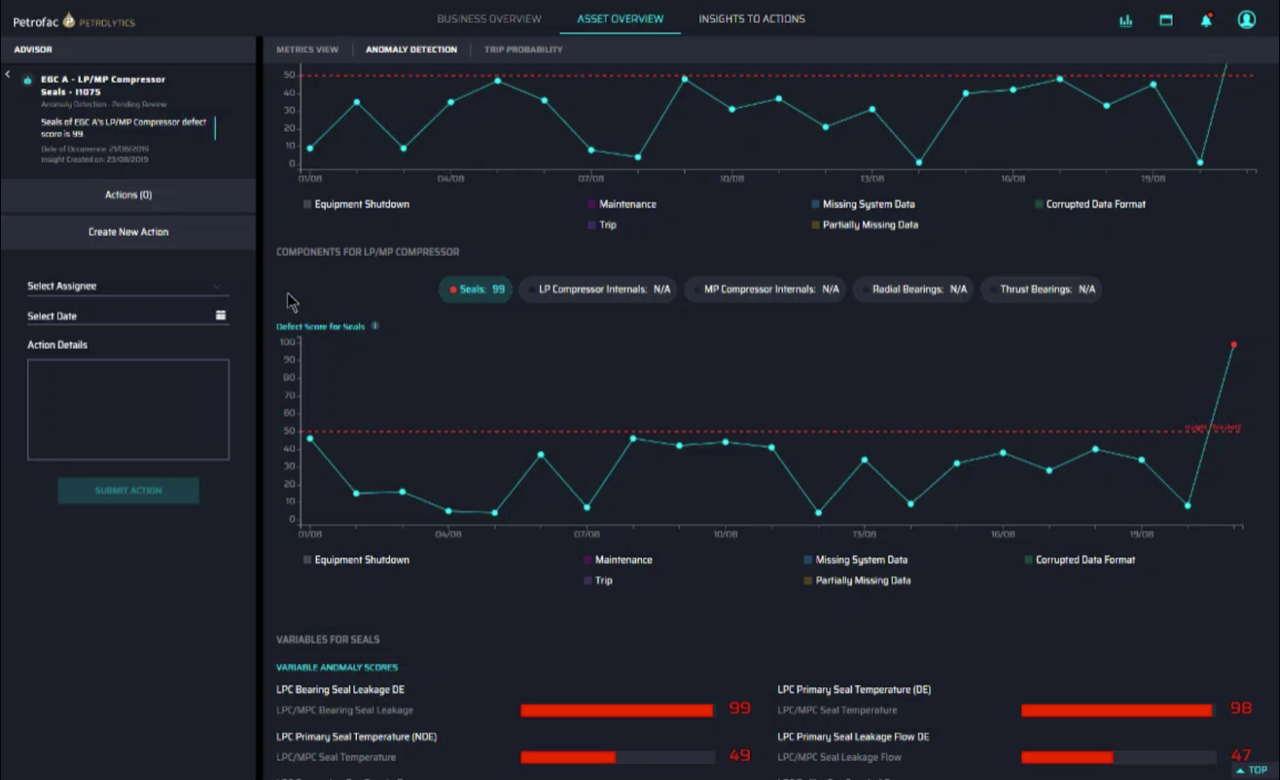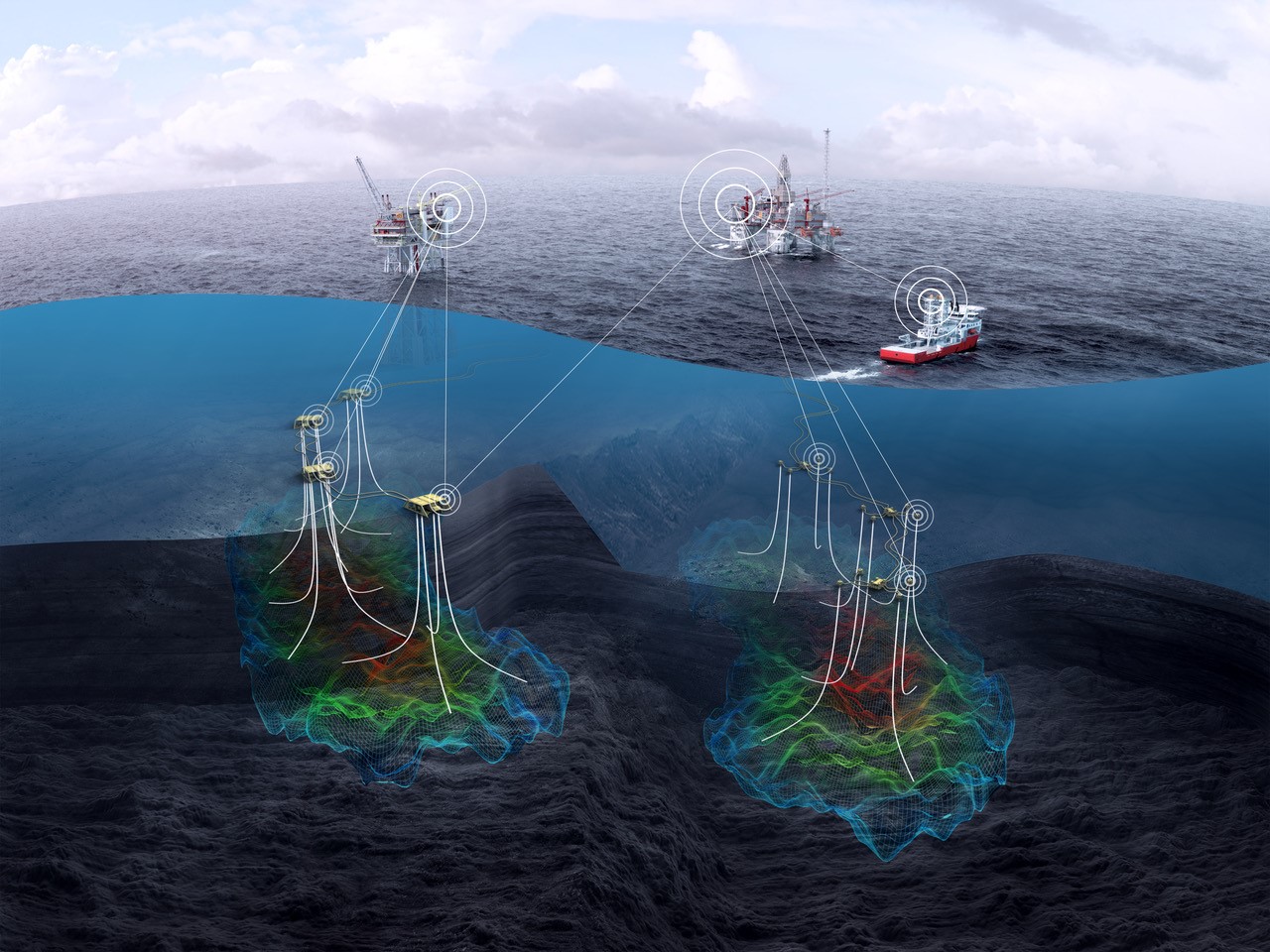
Cost discipline the mantra for majors in 2023
Half-year results for oil and gas majors reflect a less clement environment for the world’s largest producers, with lower prices and thinner downstream margins causing profits to slide from levels seen last year.
Aggregate income is down by almost one-third, amid lower gas prices and a softer refining market. European and Asian natural gas prices were also trading about one-third lower in Q2 of 2023, compared to the first quarter.
The numbers indicate a return to a more normalized return environment. Chevron of the US said net income of $5.8bn was half the level of one year ago. Operating cash flow was down 13% to $6.3bn in quarter-on-quarter terms, with downstream results showing a 16% decline (upstream was 11% down). The largest of the big oil companies, ExxonMobil, saw net earnings decline by almost $10bn in Q2 compared to the same quarter in 2022, to $7.9bn.
It was a similar picture from European majors Shell and TotalEnergies who both saw net income decline by about half on the year-earlier period. The Anglo-Dutch giant showed a 56% drop in net income to $5.1bn, while the French company showed a 49% year-on-year fall in net profit to $5bn, with the lower spot and forward LNG prices hitting earnings. Both companies underperformed analysts’ expectations. Norway’s Equinor also saw Q2 profits down 57% compared to last year.
The declines are not a cause for excessive anxiety in corporate boardrooms. The below-par earnings season is only relative to the massive boost seen last year when prices boomed in the wake of the Russian invasion of Ukraine. As Exxon CEO Darren Woods noted, the quarterly profit is still twice as high as its Q2 2018 earnings.
In any case, the question is a broader one than the fortunes of the majors shareholders – which have already been in receipt of heathy share buybacks in recent times.
With the superlative financial performances of 2021-22 now a thing of the past, the wider theme of more sustained capital discipline will play out in the industry as a number of major oil and gas projects await final investment decisions (FIDs).
Another prospect is for more M&A deals to be done. The two US majors have done some shopping in the past quarter, with Chevron picking up PDC Energy for $7.6bn, while Exxon acquired pipeline operator Danbury for almost $5bn.
But it is the prospects for FIDs that raises most interest. Consultancy Wood Mackenzie reckons there are large numbers in the pipeline this year, with more than 30 of the 40+ viable major projects likely to reach financial closure. It said several could be delayed and re-evaluated due to ongoing cost inflation; and yet most operators will remain very disciplined.
This reinforces that achieving FID is harder than it used to be. In the meantime, there are other operational challenges for oil and gas companies to deal with. For example, onshore activity in the US appears on a downward curve. Rystad Energy, a research firm, said further declines are likely as operators water down E&P plans. It sees horizontal drilling declining by 2%, mainly due to current market conditions and the recent drop in rig and frac fleet counts.
Average spot market service prices are expected to continue softening across all US basins. Rystad said land rig rates for 1,500 horsepower AC rigs have been falling due to the decline in activity in the second quarter. US rig counts are down by over 90 since the beginning of the year.
Shale down
Shale-oriented E&P companies are focused on boosting shareholder returns, targeting single-digit production growth this year to earn healthy margins and conserve cash. According to Rystad, this means most capital expenditure (capex) increases in 2023 are being driven by cost expansions from contracts locked in during the final quarter of 2022, rather than any production growth.
This will also affect oilfield service players. Liberty Energy, which provides fracing equipment to shale operators, said it saw reduced frac activity in Q2. The company’s CEO told analysts that it could reduce its fracing fleets in H2 2023.
There is a clear suggestion that capital discipline is hampering activity and spending. WoodMac said that after three years of recovery, upstream asset development spending is just under $500bn a year. While that’s still one-third higher than the 2020 Covid-inspired trough, yet still well off the $914bn seen in peak year 2014 (before an oil price decline took effect later that year).
Again, there is no reason to press the panic button. Dig a little deep and the oil companies’ position looks less discouraging. Analysts see investment around today’s levels delivering the supply needed to meet demand through to its peak and beyond, again, partly due to the firm focus on capital discipline.
Oil and gas companies are doubling down on those resources that are cheaper to develop and have lower emissions -- and risk -- and which generally offer late-life reserves from legacy sources.
Project delivery has been transformed. Upstream investment today is far more effective than it was in the ignominious years of ‘peak inefficiency’ during the early 2010s, said WoodMac.
To get a picture of how much improved the cost efficiencies are in 2023, conventional greenfield unit development costs (development cost divided by the reserves developed) have been curbed by 60%, from US$16.1/boe in 2014 to US$6.5/boe today. It is claimed that oil wells generate nearly three times more production for the same unit of capital than in 2014.
On this front at least, there is broad consensus among analysts that the industry is getting a better bang for the buck. Persistent claims of chronic underinvestment in the global oil and gas industry are overblown, Rystad Energy analysis indicates. Rather than fear chronic underinvestment and an oil supply shortage in the coming years, it’s modelling posits a different story.
Lower unit prices, efficiency gains, productivity gains, and evolving portfolio strategies have significantly increased the upstream industry’s efficiency. In other words: the industry can do the same as before, but at a much lower cost.
“Contrary to popular opinion, the world is investing appropriate amounts of money in fossil fuel production to satisfy demand. Cost savings mean operators can produce the same amount of oil at a lower cost, and we don’t foresee an oil supply crisis due to underinvestment on the immediate horizon,” said Espen Erlingsen, head of upstream research at Rystad Energy.
So while the industry’s glory days of 2022 may not be repeated this year or next, there is still much in the currency economic cycle for oil and gas operators to remain upbeat about.
Reuters Events is part of Reuters News & Media Ltd, 5 Canada Square, Canary Wharf, London, E14 5AQ. Registered in England and Wales: 2505735.

